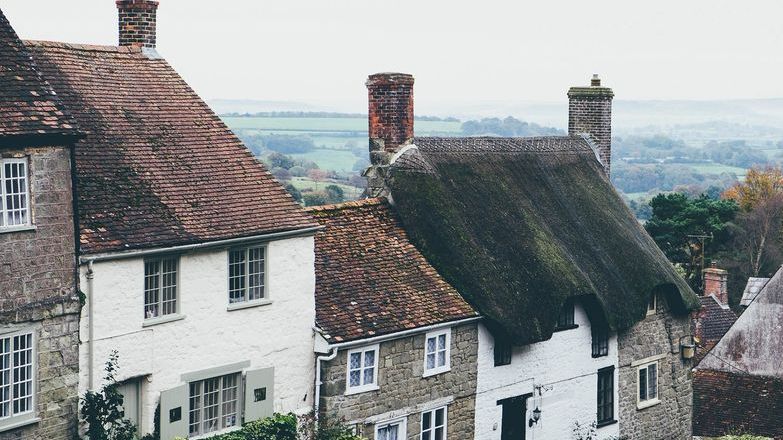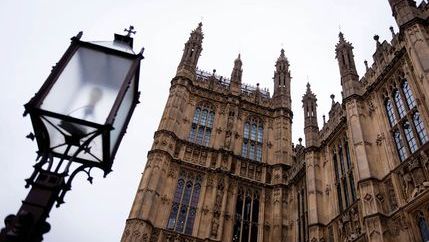
The UK has the oldest building stock in Europe, with 5.9 million buildings over 100 years old. There are around 350,000 listed homes in England and approximately 600,000 commercial properties dating from before 1919.
No one-size-fits-all solution
Many factors have an impact on energy efficiency, including location, design, construction materials, the way it is heated, cooled, lit and ventilated, and how it is used by its occupants.
Some retrofit measures are not feasible or practicable for historic and traditional buildings, and some alterations can cost more in energy and carbon than they save during their service life. By retaining and appropriately adapting historic buildings, they can be a key part of the solution for lower carbon emissions.
EPC exemptions for rented homes
Since April 2020, all rented houses must have a minimum E energy efficiency rating . However, if a property cannot meet that standard for a number of specific reasons, the landlord can register an exemption.
Valid reasons for an exemption include:
- there are no improvements that can be made
- all possible improvements have been made up to a cost cap of £3,500
- making improvements to the property would devalue it by more than 5%
- a third party, such as a superior landlord or freeholder, will not permit for improvements to be made
A whole building approach
Successful retrofit projects consider the construction, condition, significance, occupants, use, exposure and vulnerability of the building to produce balanced solutions, save energy and carbon, maintain a comfortable and healthy indoor environment, and sustain heritage significance.
Once a holistic view has been established, individual interventions can be planned in a way that contributes to the overall plan for the building. As a rule, small-scale interventions should be considered before more substantial ones and should be reversible if possible.
Upgrading windows and doors
As they are often key features of the original design, it’s usually in the best interests of the building owner, and the environment, that windows and doors should be conserved rather than replaced wherever possible.
Repair and maintenance are generally more sustainable than replacement, and if owners can employ local craftspeople with the relevant skills, then there are additional benefits to the local area and economy.
Listed building planning consent
Any plans to alter a listed property in a way that affects its character or appearance will need to be approved by the local planning authority, and unauthorised work can lead to criminal prosecution.
It’s a good idea to contact the local authority conservation officer before making any planning application because they can confirm what permissions are needed and give advice on adapting plans to make them more likely to be approved.
What funding is available?
Energy advice organisations, such as the Energy Saving Trust (England), Nest (Wales), Home Energy Scotland, and Northern Ireland Energy Advice can offer information on loans and grants that may be available to cover some of the costs of making home energy efficiency improvements.
Additional resources
A UK Government-funded advice line has been set up to offer advice and information on a diverse range of topics, from controlling dampness to repointing mortar joints and upgrading energy efficiency. The advisors can also suggest the names of professionals, contractors and specialists.
Historic England has produced a wide range of resources to help building owners and managers, including an Advice Note to support consistent decision-making on energy efficiency and carbon reduction improvements.







